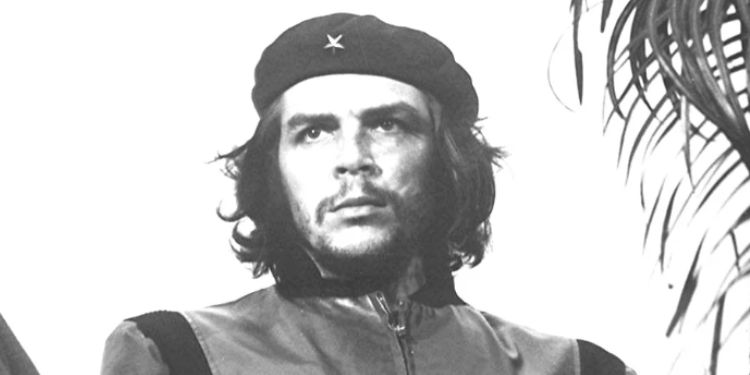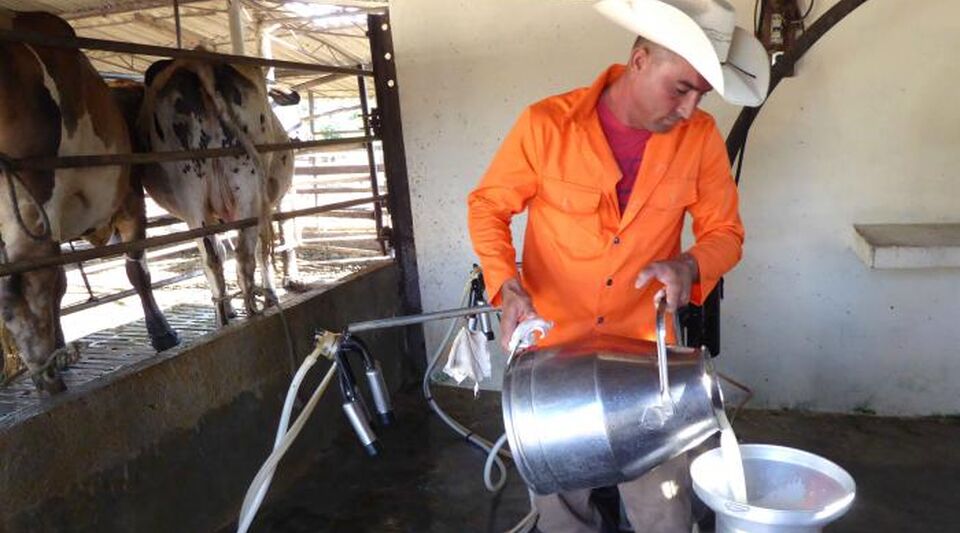Havana Cuba. – “Cheche, to take the cheche”, say the affectionate mothers to fill the child with the bottle, with the milk. Cheche is also twice che. Cheche say the mothers, and others say Che. Che is, first of all, a voice, a word that, they say, comes from Araucanian, although there are those who claim that it came from Valencian, where it is used to attract attention in a similar way to how the “host” is used. Che is a word that is also used in the Río de la Plata, an expression that comes out of the mouths of the people of the River Plate, both from Buenos Aires and from Montevideo.
Che is a word that people from the River Plate use in the same way that others use “hey” or “hey”, but it is also related to amazement, to surprise. Che is used as a vocative, as an interjection. Che is said all over the world, but at this point there are not a few who think only of that man from Rosario who rode the Granma yacht in Tuxpan and then got off on this Island; this Island where he did the most damage to him and where he became a famous guy, and a little crueler than, surely, he already was before he arrived.
Che became famous for his mischief, but his photos continue to travel the world. Those photos that fix the image of him have until today gotten many devotees, and also a lot of detractors. Right now I remember a lady who put a photo of the Argentine on the can where he kept the sugar because, according to her, Che scared away the ants, all kinds of vermin, because the vermin were also afraid of him.
I remember some of those photos of him that we saw a lot as children; in one of them he looks dirty and under a hat, cutting canes, so smudged that he is barely recognizable. In another photo, Che carries a sack over his shoulder in those “voluntary jobs” that were only volunteers for power, and in which the machete or the guataca might be missing, but never the camera and the simulation portrayed.
Che is also a word that is used to avoid having to use the name. Che is a word that does not name, a word that conceals the name. Che is a word that does not designate or qualify, at least until Che Guevara became famous, and then the word gained other connotations, some not good ones. Che is just an interjection, but above all it is the name of an assassin who was in command of that Havana fortress of La Cabaña.
Che is the name of the person who gave the orders to kill in La Cabaña, who on some occasions carried out the order that he himself issued a while before. Che was, still is and forever, a killing machine, a device that gave the order to shoot, the same in La Cabaña as in any other place. Che was, and still is, an ego. Che is, according to those who were close to him, a bad smell, an infernal plague, an unparalleled stench. Che is death and a bad smell, and an unfaithful husband, an impregnator of other people’s wombs, a denatured father.
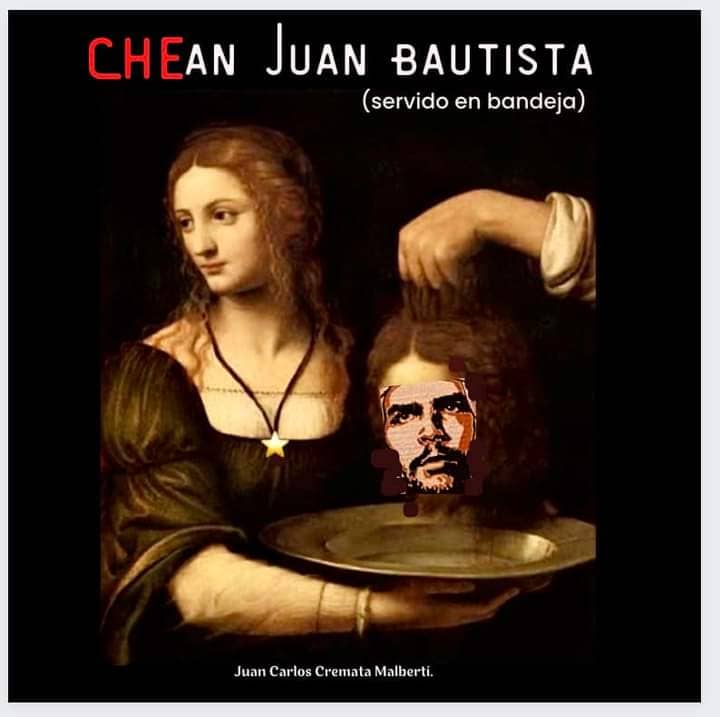
Che is much more than an interjection. It is pain and death, it is death and pain. Che is a scream, a lash, although some do not believe it yet. Che is, like marilyn monroe, a widely reproduced photographic image. Che and Marilyn, both, are photographic images. Both are iconic photos: one under Korda’s lens, the other through Sam Shaw’s peephole and over one of the New York subway vents. El Che, a whim of Korda; Marilyn, a well-deserved bow from Sam Shaw. The two are today a couple of iconic photos, but the Argentine is also, and right now, a desecration, and even a mockery.
Today they give Che some really desecrating looks. And those looks reach us thanks to the ingenuity and sharpness of Juan Carlos Cremata, that excellent playwright and film director, who with his creative imagination proposes other perspectives on the image of the “hero”. Cremata brings new meanings and signifiers to the Guevara object and, as happens in dreams, the Argentine appears reinvented, in a very different way from that “Guevara object” to which the communist bosses, his cronies, accustomed us.
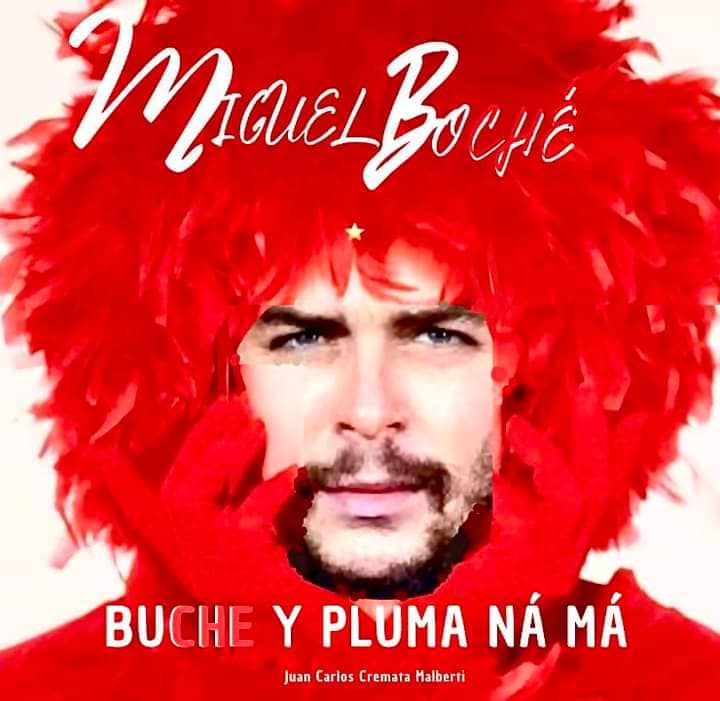
Che de Cremata has nothing to do with the Sierra guerrilla or the Minister of Industry. Che de Cremata is not the one who went to Bolivia with all the weight of his messy character, that character that he put in his traveler’s backpack. This new Che is the one from before, but he is much more. Che de Cremata is also a feathered Miguel Bosé, and also a Margaret ThatCher, whom the artist calls “La dame del Cherro” instead of The Iron Lady. And so, intervened, desacralized, manipulated by his creative ingenuity, we find many, many Che.
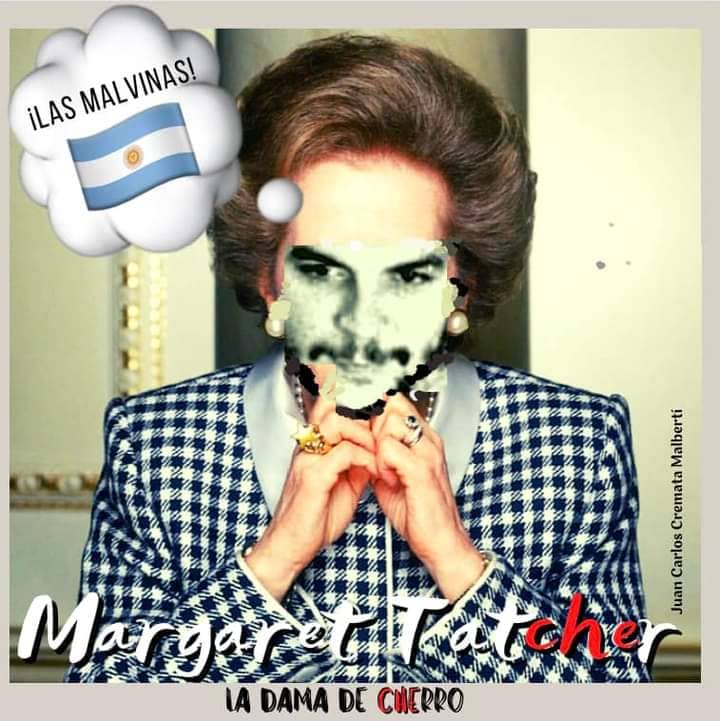
This Che de Cremata is ambiguity and ambivalence. It is a “machofemale”, a “hembramacho”. It is the best imposition, the manipulation that makes us laugh because it distances itself from the revolutionary pathos of “homeland or death”, and even from the pathos of the occasional opposition.
Cremata’s images are desacralizing, as sensitive things tend to be. The images of her, there is no other way to say it, are the product of her imagination; of Cremata’s imagination, and also of those of us who face them. And it is that imagination is the thought that each one forms on his own account, with freedom, with great freedom, without impositions.
OPINION ARTICLE
The opinions expressed in this article are the sole responsibility of the person who issues them and do not necessarily represent the opinion of CubaNet.
Receive information from CubaNet on your cell phone through WhatsApp. Send us a message with the word “CUBA” on the phone +525545038831, You can also subscribe to our electronic newsletter by giving click here.
The post Che, that Argentine superstition appeared first on CubaNet.

